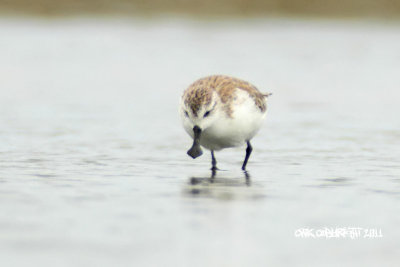





 |
 |
 |
 |
 |
 |
| Jonathan Cheah Weng Kwong | profile | all galleries >> Avian Galleries >> Ciconiiformes >> Tringinae (Waterbirds) >> Eurynorhynchus pygmeus - Spoon-billed Sandpiper | tree view | thumbnails | slideshow |
| previous page | pages 1 2 3 ALL | next page |
 IMG_7410.jpg |
 IMG_7413.jpg |
 IMG_7415.jpg |
 IMG_7419.jpg |
 IMG_7420.jpg |
 IMG_7424.jpg |
 IMG_7425.jpg |
 IMG_7426.jpg |
 IMG_7427.jpg |
 IMG_7429.jpg |
 IMG_7430.jpg |
 IMG_7431.jpg |
| previous page | pages 1 2 3 ALL | next page |
| comment | share |